Why can’t you pour fat down the drain and what to do if there is a fat blockage in the pipe?
Content:
Grease in the drain is one of the common causes of blockages. If apartment residents constantly drain oil into the sink, they are forced to clean the pipes several times a year. And after some time they cannot solve the problem without the help of a specialist, because the plumbing becomes unusable. We will tell you how to protect your drains from the formation of fatty deposits and save money.
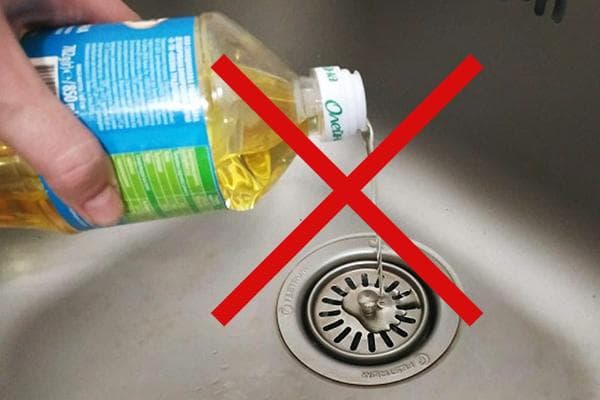
How does fat cause clogs?
Both animal and vegetable fats do not dissolve in water. They are destroyed by alkalis, so washing dishes using household chemicals is a good preventative against blockages.
It’s just that in hot water fats turn into an emulsion, and in cold water they solidify, forming a solid layer. And since the temperature in the sewer system is generally kept low, the deposits become thicker over time and reduce the clearance in the pipes. In addition, the remains of other food stick to the fat: cereals, pasta, ground coffee.
The main causes of fatty plugs are the following actions of residents:
- Draining oils into the sink. In particular, from a frying pan after frying cutlets, from a tin can after eating sprats.
- Draining expired dairy products into the sink: milk, kefir, sour cream, cream.
- Removing the top foam when boiling meat. It also contains fat.
- Washing greasy dishes without using detergent.
The risk of blockages increases sharply if the pipes are thin or have sharp bends. Residents of old apartment buildings often suffer from this problem.
Why can't the problem be ignored?
For many residents, the problem of fatty plugs seems frivolous. After all, today stores offer a wide selection of products to combat blockages. However, household chemicals contain aggressive substances (acids, alkalis), which, although slowly, damage the surface of the pipes. Such products should not be used more than once every 2–3 months.
Ignoring the problem of blockages can lead to unpleasant consequences:
- difficulties using plumbing in the kitchen;
- the need to call a specialist to remove deposits or even completely replace pipes;
- sewerage breakout and flooding of neighbors.
In the latter case, residents of the lower floor have the right to file an application to court to recover damages. And if the neighbors had expensive repairs done, then the total amount of the claim will be rather large.
How to prevent the formation of fatty blockages?
To prevent blockages in pipes, residents will have to develop new habits.
The following rules must be followed regularly:
- Do not drain large amounts of oil into the sink. The remaining fat in the pan can be collected with a paper napkin and then thrown into the trash. Cans of oil should be placed in a strong bag and also thrown away.
- Wash greasy dishes only with hot water and detergent. The latter should foam well.
- Once every 1-2 weeks, pour a large amount of boiling water into the sink. It will remove food residues in the pipes that are stuck to the grease film.
- Use a plunger once a month. The pressure it creates will help break down small pockets of fat.
If a man lives in the house, he can carry out preventive cleaning of pipes every six months using a spring cable. This method will allow you to remove not only fatty deposits, but also stuck solid objects.
Methods for dealing with grease blockages in pipes
The sooner residents discover a blockage, the easier it is to get rid of it. A problem is indicated by slow drainage of water, a bad smell from the sewer, or complete obstruction of the pipes. Below are effective methods to combat the problem.
Chemical method
It’s worth starting the fight against blockages with simple “grandmother’s” remedies. And if they don’t help, then move on to heavy artillery.
Before cleaning pipes using a chemical method, you must take precautions: wear rubber gloves and a mask.
Table 1. How to dissolve fat in the sewer
| Means | How to use | pros | Minuses |
|---|---|---|---|
| Baking soda | Pour 3-4 tbsp into the drain. spoons of powder and pour a glass of hot water. Leave for half an hour. | Cheapness | Low efficiency |
| Baking soda + vinegar | Pour 3-4 tbsp into the sink. spoons of soda, pour in half a glass of 9% vinegar and close the drain with a stopper. After 15 minutes, rinse the pipes with strong pressure of hot water. | Cheapness | Harm to the respiratory system from vinegar fumes |
| Solution "Mole" | Pour 200–250 ml of solution into the drain and leave for 1–1.5 hours. Flush the pipes with plenty of water. | Cheapness | Damages pipes if used frequently |
| "Mole" in the form of dry granules | Carefully pour 80–100 grams of granules into the drain, avoiding getting it on the sink itself. Pour 200 ml of warm (not hot) water. After half an hour, rinse the pipes, avoiding splashing the product. | Very high efficiency (4 times superior to liquid analogues), low cost | If used frequently, it damages pipes and is dangerous in direct contact with skin. |
| Gel "Ruff" | Pour 250–500 ml of gel into the drain. After 1–2 hours, rinse the pipes with plenty of water. | Safe for pipes | Uneconomical consumption |
| Liquid solution "Tiret Turbo" | Pour 200–250 ml of product into the drain. After 10–15 minutes, add another 125–150 ml of solution. After 10–15 minutes, rinse the pipes with plenty of water. | High efficiency, fast action | Unpleasant odor, not suitable for rubber and copper pipes |
| Grass Digger Gel | Pour 300–500 ml of gel into the drain. Leave for 2-3 hours. Rinse off with plenty of water. | Safe for pipes, odorless, antibacterial | Uneconomical consumption, high price |
Mechanical method
The mechanical method should be used in case of severe blockages or in case of solid waste stuck in fat. The following tools are usually used:
- rope;
- ribbon;
- spring cable with rod;
- electrical device made of steel wire with an attachment.
The work should be carried out by a person who understands plumbing. Otherwise, there is a risk of pipe damage.
Thermal method
If the blockage has just begun to form, strong pressure of hot water will help get rid of it. You can first pour detergent into the pipes - it will slightly soften the deposits.
Professionals remove severe clogs using special equipment. It supplies hot water under pressure.The thermal method is considered one of the safest for pipes.
Pressure method
To combat fatty plugs, you can use an old and proven remedy - a plunger. It should be pressed tightly to the drain at a slight angle, and then with frequent and sharp movements, create increased pressure in the sewer. This method works well in situations where a blockage has formed in a pipe bend.
Grease in the sewer: FAQ
Question: Are there any fundamental differences between expensive household chemicals for cleaning pipes and cheap ones?
Answer: Sometimes the high price is justified. For example, the product has a more economical consumption or is safe for different types of pipes (metal, plastic, rubber). Sometimes it’s inflated because of the brand. Therefore, when choosing a product, it is better to pay attention to the composition, and not to the price.
Question: What other products, besides fat, cannot be thrown (drained) down the drain?
Answer: You should not throw flour, cereals, coffee grounds, eggshells, medicines, or paint down the drain.
Draining grease down the drain means creating huge problems for yourself and your neighbors in the future. Such an innocent product at first glance turns into “plasticine” in pipes. Therefore, it is better to prevent blockages than to remove them later and damage the plumbing.
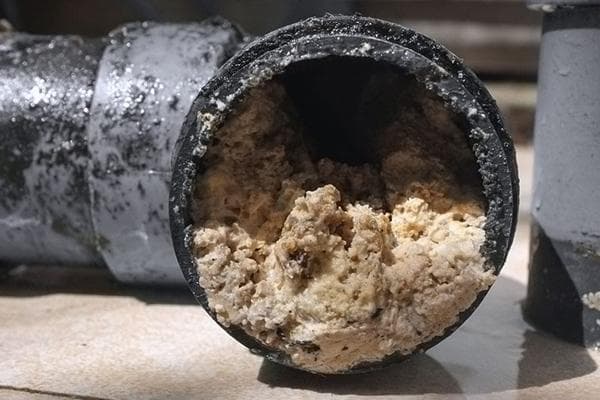

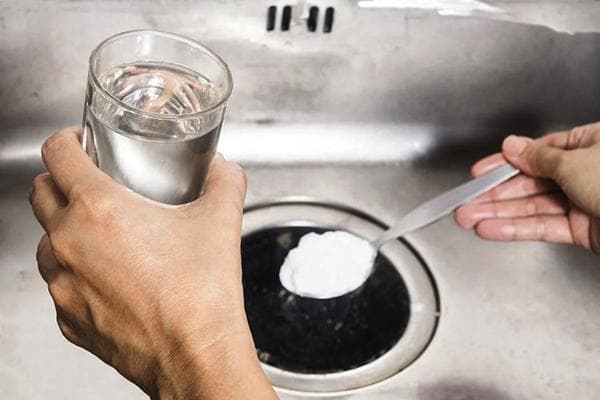
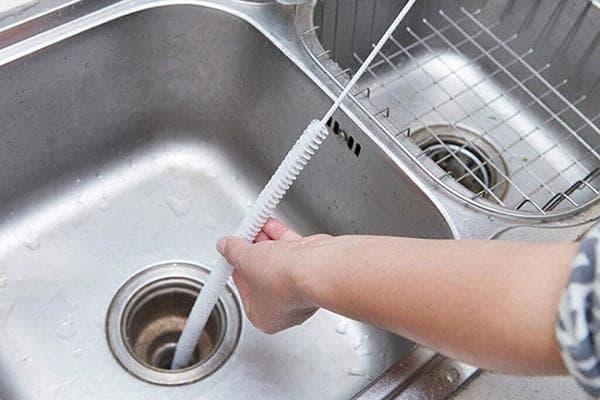
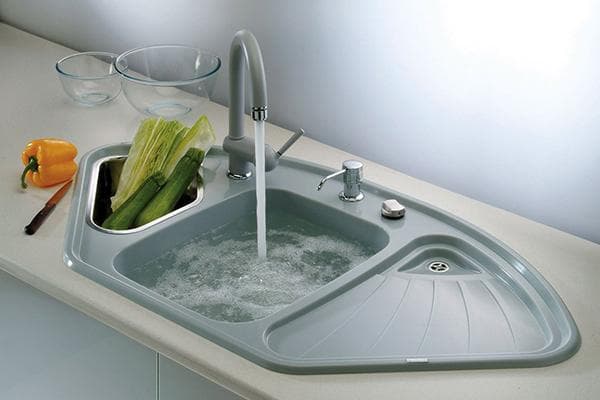
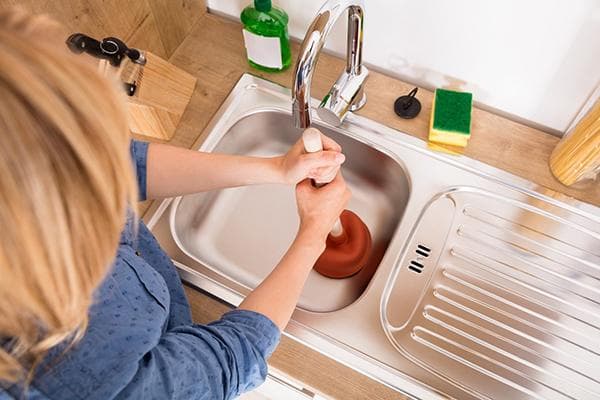
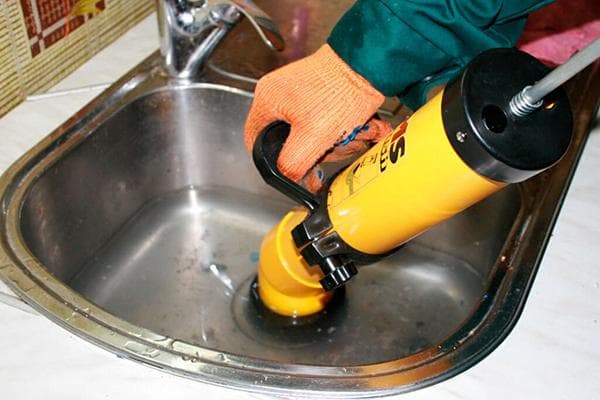
very good advice. I’ve been doing this for a long time. But the other side of the coin is that not everyone in the family likes this technology - now washing dishes is my destiny
Everything that is written is for single young women.